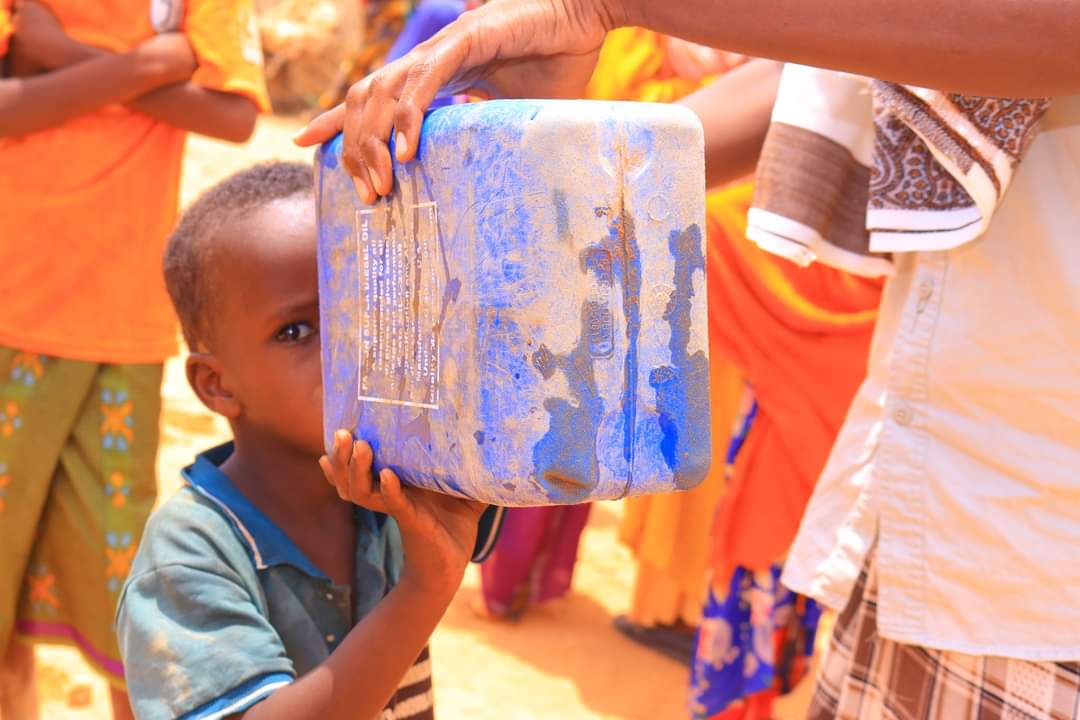In Somalia, famine is looming due to drought
 A child drinking stored water in an IDP camp in the Somali city of Garowe, Puntland State WHO/Mukhtar Sudani
A child drinking stored water in an IDP camp in the Somali city of Garowe, Puntland State WHO/Mukhtar Sudani
Somalia is currently facing one of the most severe droughts in its history, leading to a looming famine and the possibility of severe loss of life due to hunger, malnutrition and disease. Currently, nearly 8 million people are affected. About 3.5 million persons lack sufficient access to water, and 6 million continue to face severe food shortages – with approximately 1.4 million children suffering acute malnutrition, including 329 500 likely to become severely malnourished. In addition to the 2.5 million already displaced population, over one more million are also displaced as they search for food, water, shelter, health care and any available assistance.
Furthermore, the drought is increasing endemic-prone diseases. As of 31 October 2022, a total of 11 332 suspected cases of cholera, 15 143 cases of measles and 96 063 cases of acute diarrhoeal disease have been confirmed in drought-affected areas.
WHO Representative to Somalia Dr Mamunur Rahman Malik said that, “We are racing against time to try to prevent major outbreaks of cholera or measles. We have seen death and disease thrive during prolonged food crises. We will see more people dying from disease than from hunger and malnutrition combined if we do not act now. The cost of our inaction means that children, women and other vulnerable people will pay with their lives while we hopelessly, helplessly, witness the tragedy unfold. As we have seen during our collective emergency response operations for COVID-19, early action and delivery of high quality and evidence-based interventions can lead to protecting health and well-being, even if the health system is fragile.”
WHO has been able to reach nearly 3.3 million people – about 45% of those in need – with life-saving treatments, essential health and nutrition interventions. These services are being delivered by over 2164 community health workers, 148 mobile outreach teams, 64 stabilization centres and 280 primary health care centres in the drought-affected districts.




